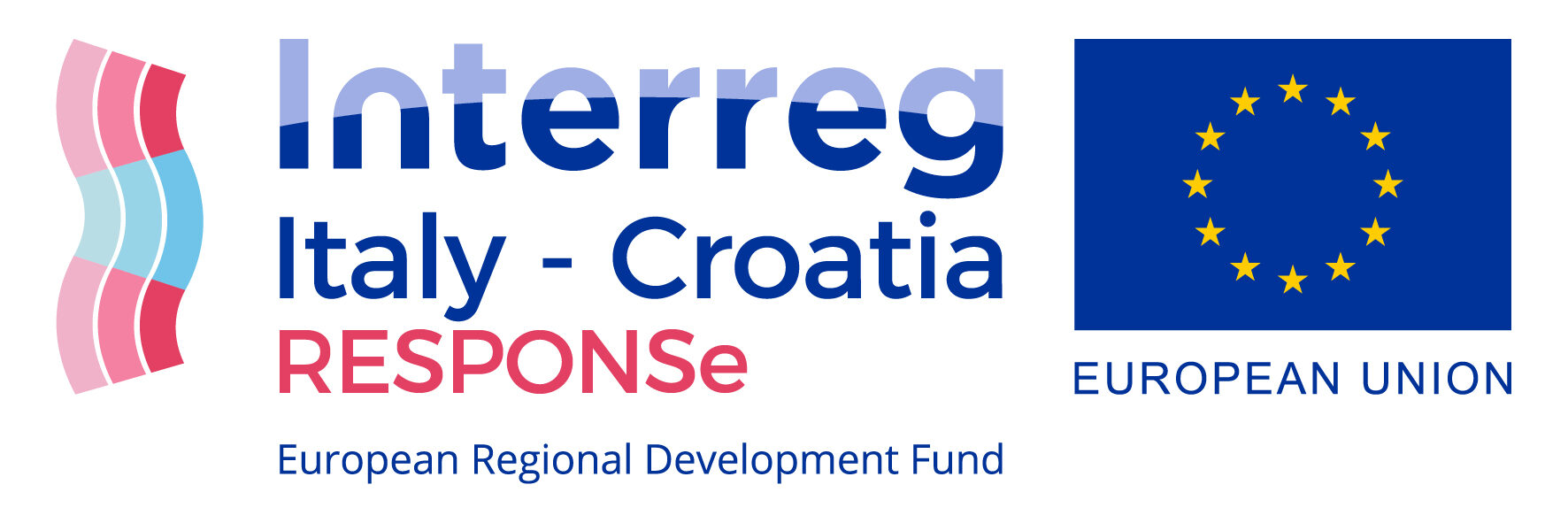Climate actions
Groundwater is an essential source of freshwater, accounting for about one third of the total world’s available water. However, groundwater resources have been increasingly used up at an alarming and unsustainable rate. Local solutions aiming to aquifer recharge can be therefore implemented to help coping with challenging problems associated with drought and water scarcity. During times of plentiful water (i.e. rainy periods), extra water can be withdrawn from a river (or other source) and then injected and stored within an aquifer in a designated area. In this way, water can be used to restore groundwater balance and later for water supply. The technologies implemented may decrease their performance under specific local hydro, geochemical and hydrogeological conditions Other barriers include resistance within society and regulatory constraints.
Adaptation of groundwater management
Objective
Improve the conservation of groundwater reservoirs, limiting water use and optimizing water reuse.
Description
Expected results
Restore and increase the natural infiltration capacity of freshwater into the aquifer.
Result indicators
Volume of water injected into groundwater reservoirs [m³]
Involved actors
Farmers, landowners, local government.
Expected timeline for action
Best practices
Criticalities
Scope of the action
Type of proposed actions
Sector of action
Climate impacts
Implementation scale
